Altenwald Cutoff and North to Chamberburg- August 2001

North Junction
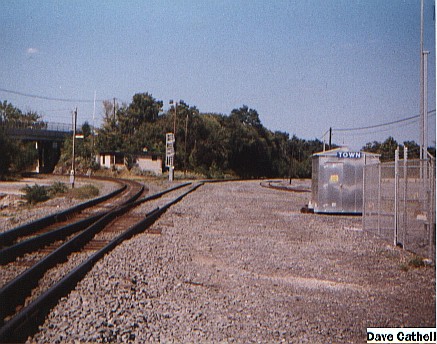
I like the site it is very good". Brandt Wingert
*****
Narrative written and photos from 2001
Paramount
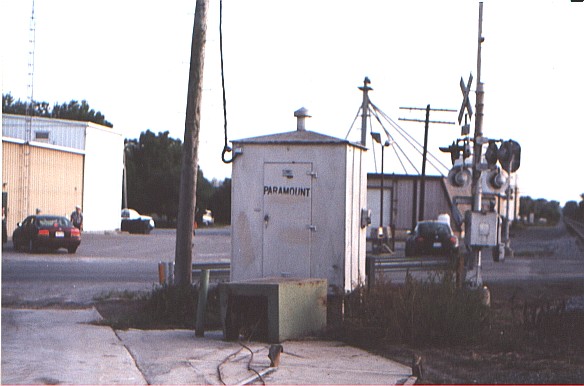
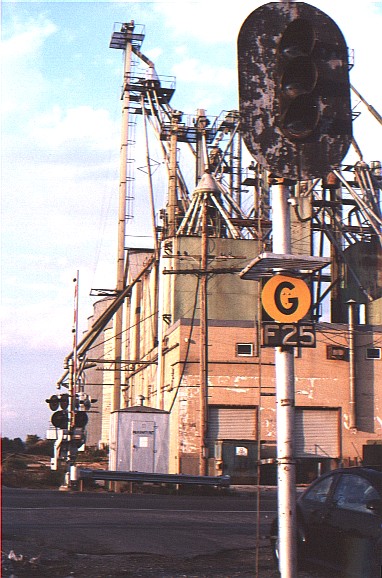
Reid
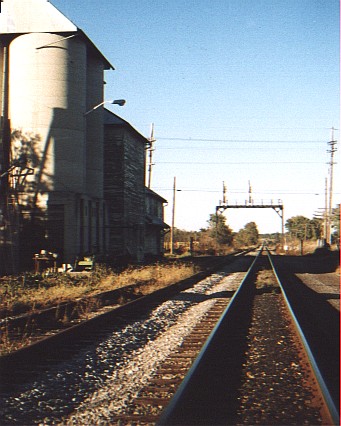
More Photos of Reid
Wingerton
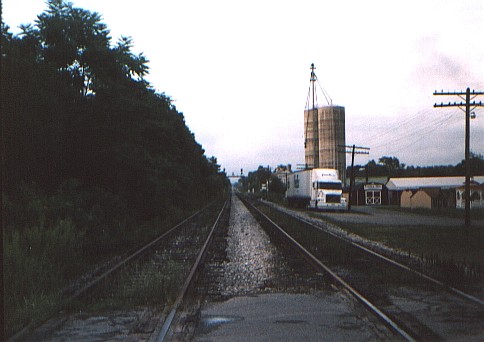
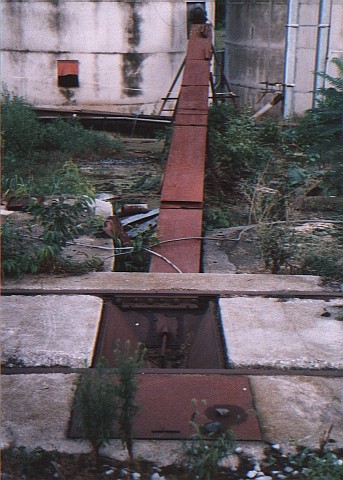
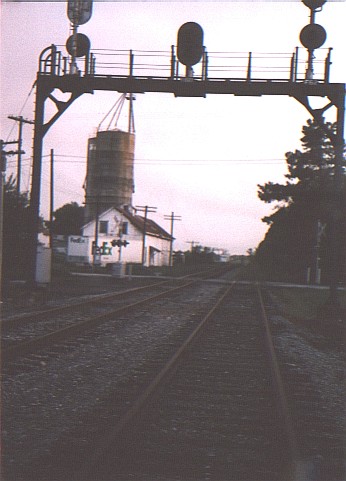
Waynecastle
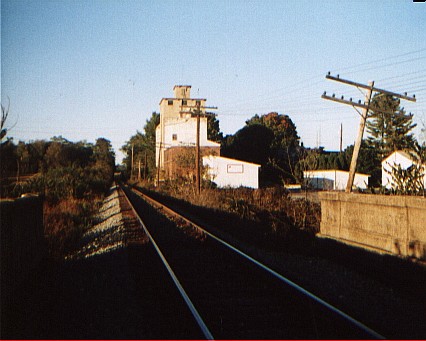
More Photos of Waynecastle
Head of Marsh Run-Ft. Stouffer Road
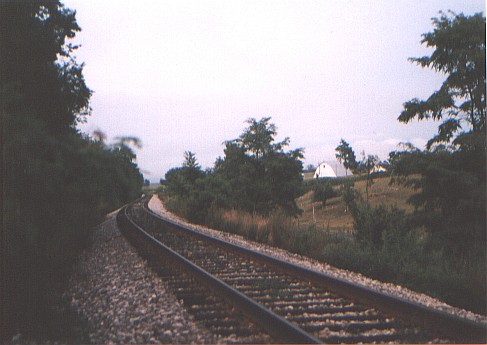
Conboy

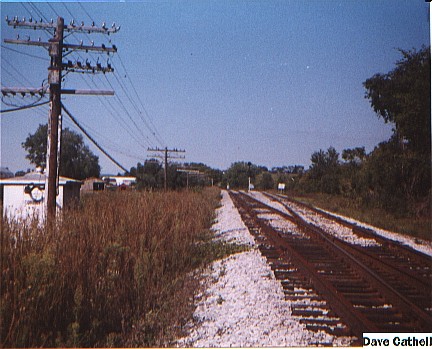
Quinsonia

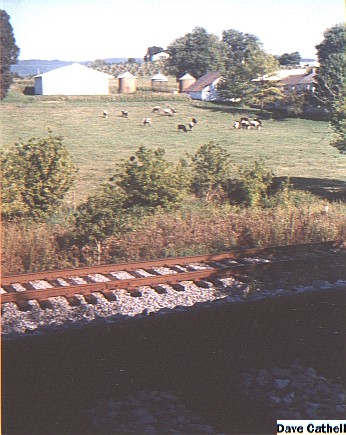
Altenwald
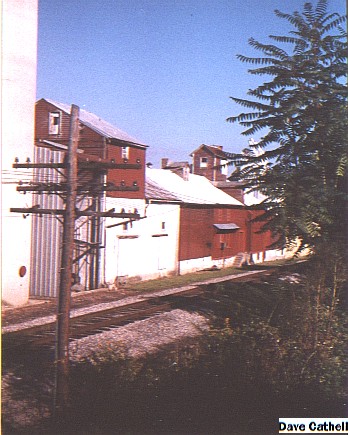

Altenwald to Chambersburg
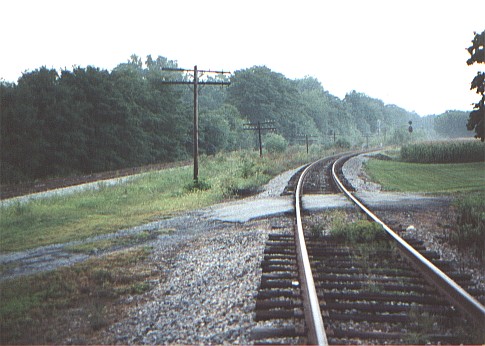
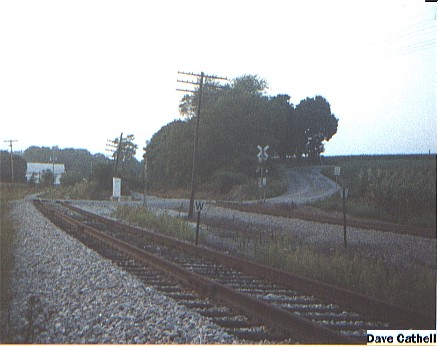
Guilford Siding
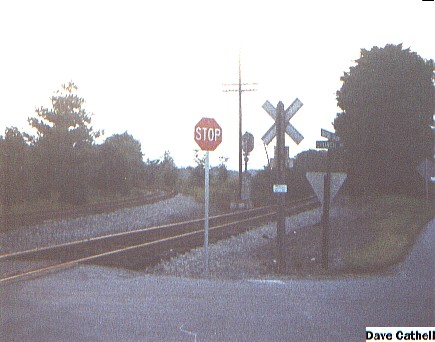

Chambersburg
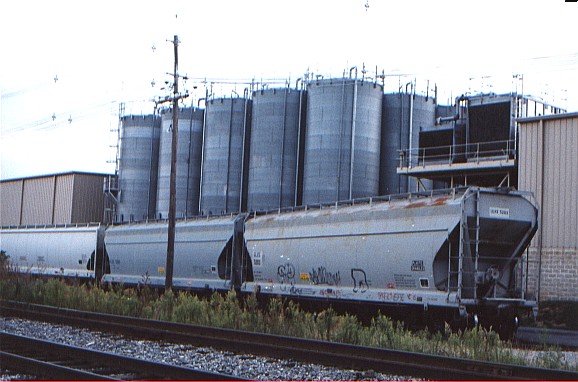
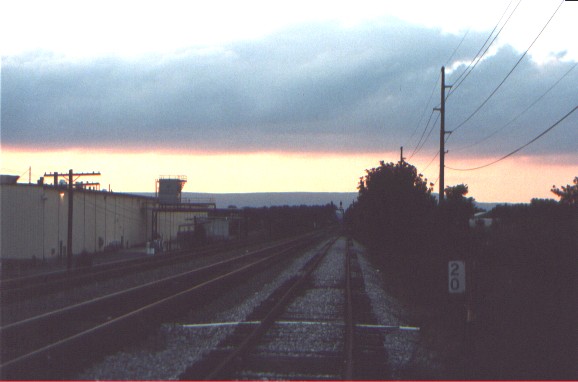
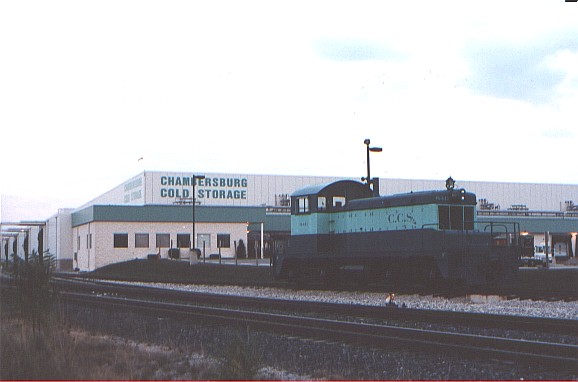
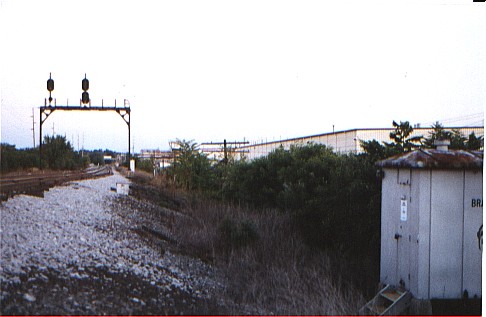

Five Forks

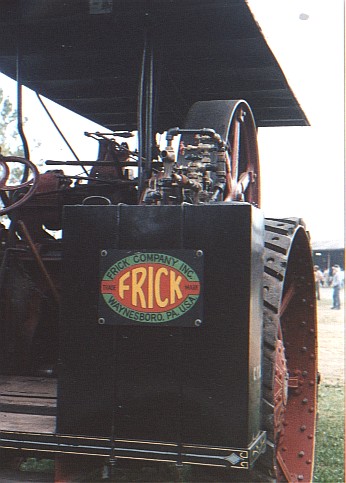
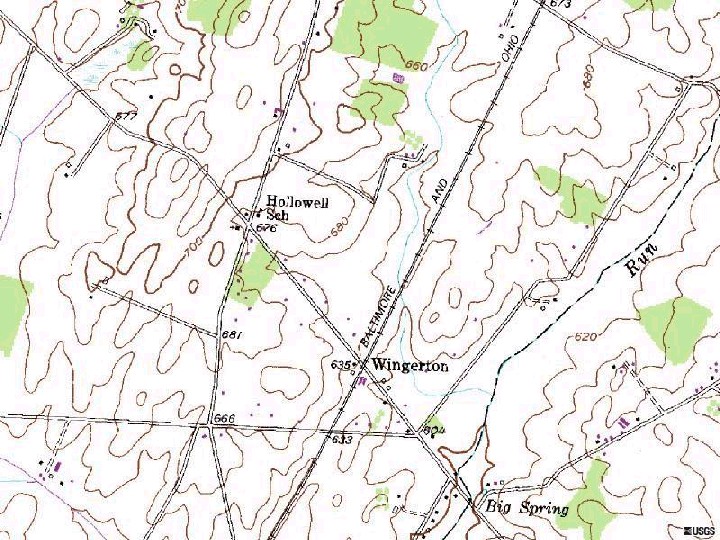


| |||
| STATION | ARRIVAL | DEPARTURE | ADD. INFO |
| HAGERSTOWN MD | ... | 1800 | ...> |
| HAGERSTOWN MD | ... | 1800 | ...> |
| WILLIAMSPORT MD | 2100 | 2130 | 6 MILES> |
| CHERRY RUN WV | ... | ... | 13 MILES> |
| PARAMOUNT MD | 2215 | 2230 | 22 MILES> |
| WINGERTON PA | ... | 2300 | 3 MILES> |
| CHAMBERSBURG | ... | 2330 | 16 MILES> |
| CULBERTSON PA | 2345 | 0001 | 6 MILES> |
| LURGAN | ... | 0030 | 6 MILES> |
Above From Bullsheet Freight Train Schedules
IN RE INVESTIGATION OF AN ACCIDENT WHICH OCCURRED ON THE WESTERN MARYLAND RAILROAD, NEAR CONBOY, PA., JULY 23, 1920.
On July 23, 1920, there was a rear-end collision between two freight trains on the Western Maryland Railroad near Conboy, Pa., resulting in the death of one employee and the injury of one employee.
After investigation of this accident the Chief of the Buresu of Safety reports as follows:
This accident occurred on the Lurgan Sub Division, of the Hagerstown Division, which extends from North Junction, Hagerstown, Md., to Shippensburg, Pa., a distance of 35 miles. The line is double track from North Junction to Wingerton, Pa., a distance of 6.4 miles, single track from Wingerton to Conboy, a distance of 8 miles, double track from Conboy to Brandon, a distance of 7 miles and single track from Brandon to Shippensburg, a distance of 13.6 miles. Trains are operated by rules, time-table, and train orders transmitted by telegraph or telephone, no block signal system being used.
During part of the period of federal control, eastbound freight movement between Hagerstown and Lurgan was made over the Cumberland Valledy Railroad and westbound movement over the western Maryland Railroad; this method of operation was continued until July 18, 1920, when eastbound freight movement was restored to the Western Maryland Railroad. Since that date the line between Conboy and Brandon, has been operated as double track. On account of the advantage of grades for eastbound or loaded trains, trains are operated over the left hand track between Conboy and Brandon.
The junction of the Waynesboro Subdivision with the Lurgan Subdivision is cast of the end of double track on the westbound track, and trains of the Waynesboro Subdivision make a reverse movement on the westbound track of the Lurgan Subdivision to reach the eastbound track. To protect this movement, there is a signal located east of the junction which in connected to switch controlling the route to or from the Waynesboro Subdivision. To further protect this movement, as well as trains standing at the end of double track, there is a yard limit board on the westbound track, located 3698 feet from the west end of double track.
The accident occurred 435 feet west of the Yard Limit Board. Approaching the scene of the accident from the east there is a tangent 1800 feet in length, then a 6 degree curve leading to the right, 517.8 feet in length, followed by a 1 degree curve leading to the right and the caboose was standing 300 feet from the beginning of this curve. From the yard limit board to the point of accident a distance of 435 feet the grade is .307 per cent descending for westbound trains, and for about 2/3 of a mile east of the yard limit board the grade is 1.184 per cent descending for westbound trains.
On the right side of the westbound track in the vicinity of the yard limit board the eastbound track is on an embankment about 20 feet in height, which obstructs the view of westbound trains beyond the 6 degree curve. The yard limit board is located 135 feet from the west end of the 1 degree curve, and on account of shrubbery it is not visible for any great distance. The weather was foggy at the time of the accident.
The trains involved in this accident were westbound Western Maryland Extra 783 and Philadelphia & Reading Extra 1701, both Of these trains being on route from Rutherford, Pa. to Hagerstown, being operated over the P. & R. R. R. from Rutherford to Lurgan, and over the W.H. Ry. west of Lurgan. Extra 783 consisting of engine 783 and 75 cars, and a caboose, in charge of Conductor Wilhide and Engineman Kuhn, left Rutherford at 10.00 p.m., July 22, and arrived at Conboy at 4.35 a.m. July 23; while waiting for eastbound trains to clear on single track, its rear and was struck by P.&R. extra 1701.
P.&R. extra 1701, consisting of engine 1701, 72 cars and a caboose, in charge of Conductor Turns end Engineman Walton, left Rutherford, at 10.30 p.m., July 22, left Brandon at 4.18 a.m., and while running at a speed estimated to be 10 miles per hour collided with rear end of extra 783, at about 4.50 a.m.
As a result of the collision the caboose and one hopper car of extra 783 were destroyed and two freight cars were damaged. Flagmen Grim and Brakeman Wiley, who were in the caboose of extra 783 at the time of the collision received serious injuries, which resulted fatally to Flagman Grim.
Engineman Walton of P.&R. extra 1701, stated that on this trip the fog was thick in low places end there was more or less mist at other places. On the descending Grade east of Conboy he kept his train bunched with the straight air until a speed of about 20 miles per hour had been attained when he applied the train brakes by marking a reduction of fifteen pounds; he thought he was then about 35 or 40 car lengths east of the yard limit board, and expected that this application would bring his train to n stop at the board. He had misjudged the location of the board, thinking it was 6 or 8 car lengths farther west. He did not notice the yard limit board until he was passing it, and he thought the speed was then about 12 miles per hour. He saw the caboose of extra 783 about 7 or 8 car lengths ahead of him, and placed the brake valve in emergency position but did not get the emergency effect of the brakes on account of the previous service application which he had not released. Conductor Turns was riding on the engine pilot and gave him a slow signal when approaching the yard limit board and a stop signal when he saw the caboose of the preceding train, but the brakes had already been applied.
Conductor Turns said the fog was very heavy, lying like a cloud in the swamp near the yard limit board and around the curve toward the junction. Approaching the yard limit board he signaled Engineman Walton to slow up; when near the yard licit board he stopped over to the left side of the pilot to look around the curve as far as possible, and when he was about opposite the yard limit board he saw the caboose of extra 783 in the mist ahead. He crossed back to the right side and signaled the engineman to stop, then stepped to the left side again and jumped off. He thought he was then about 4 car lengths from the caboose. He saw no ono on the caboose platform or around the rear of extra 783.
Brakeman Wiley of extra 783, who was injured in the collision, stated that he rode in the caboose from Lurgan to the point of accident and at the time of the collision both he and Flagman Grim were sitting in the rear of the caboose. He thought he had fallen asleep shortly before the accident occurred is he did not remember when his train stopped at Conboy, and did not hear the approaching train.
Rule 93 of the Western Maryland Railway Company reads as follows:
"Within established yard limits as designated in the Time-table the main tracks may be used, protecting against first end second class trains. "Third class and extra trains must move within such yard limits prepared to stop unless the main track is soon or known to be clear.''
From the evidence in this case Engineman Walton did not operate his train on the descending grade approaching the yard limit board at Conboy in such a manner as to have his train under control at the yard limit board as required by this rule. Not knowing the exact location of the yard limit board he assumed it to be further west and did not bring his train dawn to a safe speed before passing the yard limit board. Enginemen Walton was aware that Extra 783 was only a short distance ahead of his train as he had followed it from Rutherford end hod been flagged twice previously on this trip. In view of the heavy fog, he should have taken extraordinary precautions and should have had his train under absolute control when approaching Conboy.
The cause of this accident was the failure of Engineman Walton of P.&R. extra 1701 to operate his train within yard limits prepared to stop as required by the rules.
While the rules do not require flag protection against third class or extra trains within yard limits , it is a dangerous practice to allow a train to stand without protection within a short distance of the extreme end of a yard limit on a descending grade, particularly when the view is obscured by a curve and heavy fog. At the time of the collision Extra 783 had been *** at that point for about 15 minutes. Had Flagman Grim gone back to protect his train when it stopped at this point, this accident might have averted.
All of the employees involved in this accident were men of experience, and none of them was on duty in violation of the Hours of Service Laws.
AGRICULTURE IN FRANKLIN COUNTY PA
Chambersburg is located in Franklin County where 255,500 acres out of 482,560 total acres are associated with agricultural uses. Franklin County has 1,430 farms in operation with an average size of 179 acres per farm. Franklin County ranks 2nd in dairy, peach and apple production and 4th among Pennsylvania's counties in total cash receipts.
Franklin County
CROPS-1996 Acres Harvested County Rank Value Dollars
Corn for Grain 44,500 4 14,504,800
Corn for Silage 29,000 2 13,311,000
Hay, All 67,500 3 22,460,700
Hay, Alfalfa 30,500 2 13,395,700
Hay, Other 37,000 4 9,065,000
Winter Wheat 9,700 5 2,231,000
Barley 7,500 2 1,583,000
Oats 2,200 23 293,200
Soybeans 10,500 8 3,212,000
Apples 2 5,122,000
Peaches 2 3,679,000
LIVESTOCK-1996-97 County Rank Value Dollars
Avg. Milk Cows & Production 2 124,824,000
Layers & Egg Production 4 11,009,259
Broilers Produced 10 6,693,750
All Chickens On Hand 4 1,751,000
Hogs & Pigs On Hand 4 5,880,000
Cattle & Calves On Hand 2 75,190,000
Sheep & Lambs On Hand 17 176,000
CASH RECEIPTS-1995 Rank Value Dollars Field Crops 5 19,615,000
Vegetables & Potatoes 26 1,031,000
Fruit 4 10,062,000
Hort. Specialties 31 2,392,000
Total-Crops 9 33,100,000
Meat & Misc. Products 3 28,290,000
Dairy products 3 107,605,000
Poultry Products 12 15,329,000
Total-Livestock 3 151,224,000
Government Payments 4 1,674,000
Total-Cash Receipts 5 185,998,000
FARMS Numbers Rank
Farms 1,420 7
Cattle 1,110 4
Commercial Dairy 505 3
Hog 175 4
Sheep 60 14
Chicken 145 5
Source: Pennsylvania Agricultural Statistics Service http://eee/msdd/idfs/hpb/ps/cntymap/frnkln96.htm
Back to World's Great Railroads Index Page
Back to Cathell's MountainHome Page